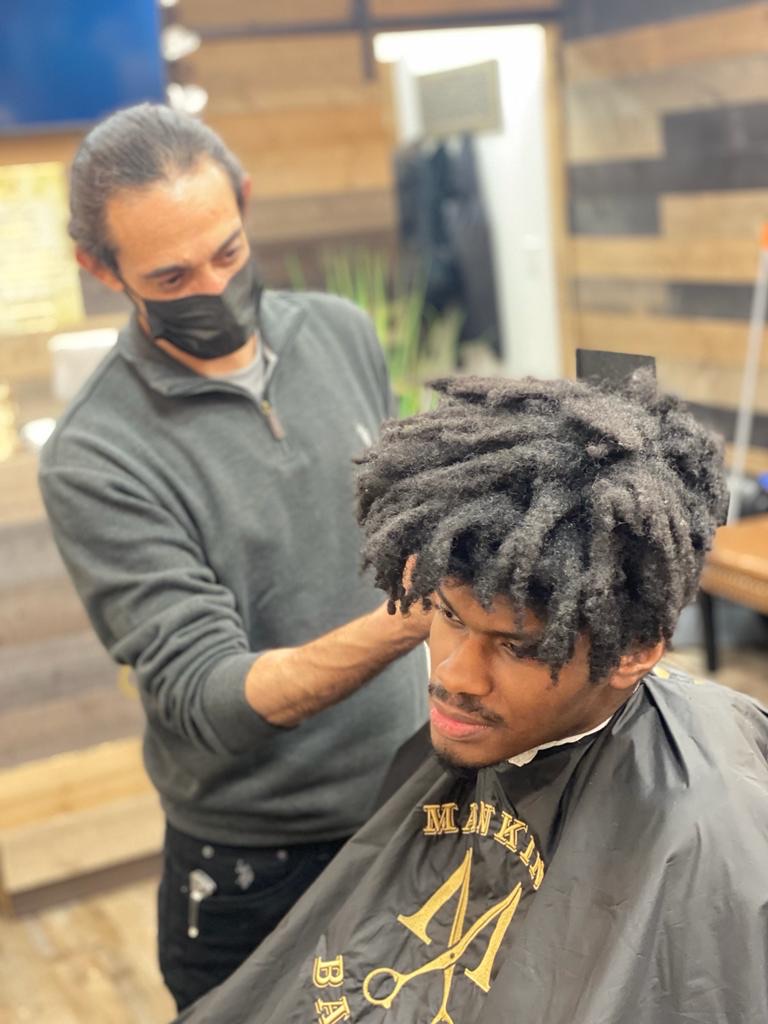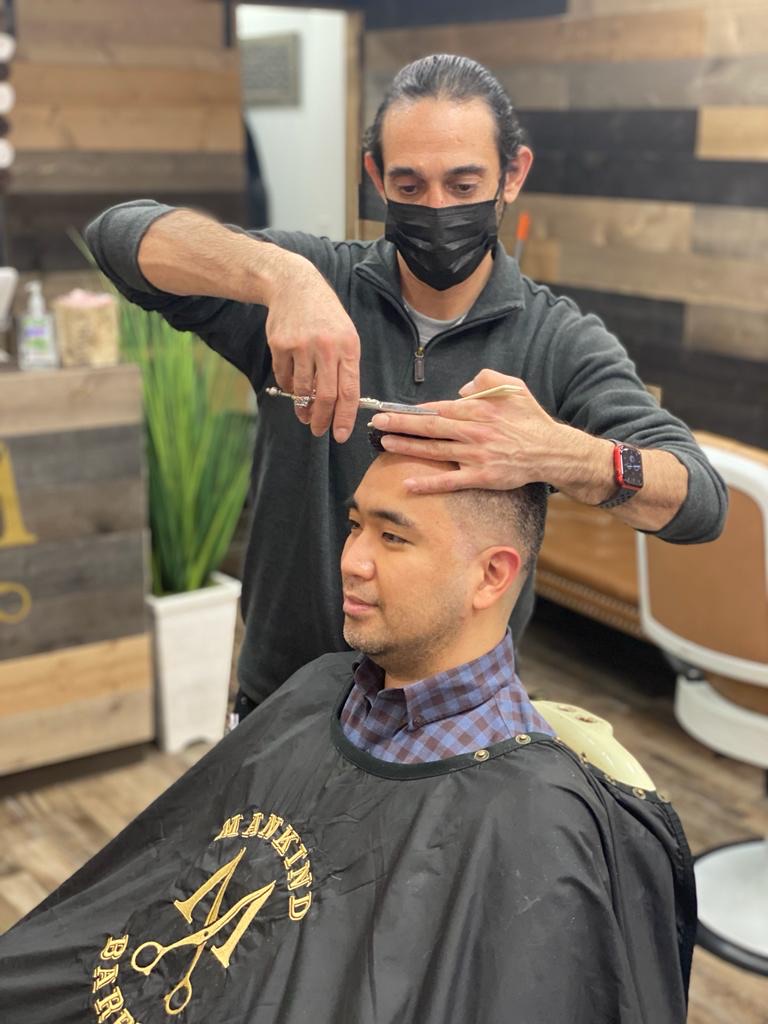Frequently Asked Questions
Different hair growth cycles significantly influence the blending techniques employed in fade haircuts, as understanding the anagen, catagen, and telogen phases of hair growth allows for more precise customization. During the anagen phase, which is characterized by active follicular development and robust lengthening of strands, barbers can utilize advanced fading methods such as skin fades or low fades to create seamless transitions that accentuate texture and volume. Conversely, during the catagen phase where hair follicles shrink and prepare for shedding, careful attention must be paid to avoid harsh lines; this often necessitates using techniques like clipper-over-comb or sheer blending to maintain a soft gradient that complements natural variations in density. Moreover, recognizing how different individuals experience varying lengths of these cycles helps stylists tailor their approach—whether employing scissor work for softer edges on wavy textures or utilizing precision clippers on straight styles—to achieve optimal results while considering factors like scalp health and seasonal changes affecting overall growth patterns. Ultimately, mastery over these biological intricacies empowers professionals to deliver refined aesthetics that honor each client's unique hair characteristics within a fade haircut framework.
Hair texture significantly influences the selection of an optimal fade haircut style for an individual, as it affects how the hair behaves and interacts with different cutting techniques. For instance, individuals with straight hair may find that a low or mid-fade complements their sleek strands by providing sharp contrast and enhancing definition around the sides while maintaining length on top. Conversely, those with curly or wavy textures might prefer a high fade to showcase natural volume and bounce, allowing curls to flourish without excessive bulk at the base. Additionally, coarse hair types often benefit from tapered fades that blend seamlessly into longer styles while managing thickness effectively. Ultimately, understanding one's unique hair characteristics—such as porosity, density, and curl pattern—enables tailored choices in fade styles like skin fades or burst fades that enhance overall aesthetics and functionality suited to personal grooming preferences.
Scalp health plays a crucial role in the longevity and aesthetic appeal of a fade haircut, as it directly impacts hair texture, growth patterns, and overall hygiene. A well-nourished scalp with proper sebum balance fosters optimal follicle function, promoting healthy hair strands that blend seamlessly into the fading gradient. Conversely, an unhealthy scalp characterized by dryness or excessive oiliness can lead to issues such as flakiness or product buildup, which detracts from the crispness of defined lines integral to fade hairstyles. Moreover, conditions such as dandruff or seborrheic dermatitis may necessitate frequent maintenance visits for touch-ups to maintain sharp edges and prevent uneven appearances over time. Thus, maintaining good scalp care through regular exfoliation, moisturizing treatments rich in essential nutrients like vitamins B5 and E can enhance not only the visual quality but also prolongs the life of stylish fades by ensuring vibrant hair remains resilient against environmental factors while showcasing clean transitions between lengths.
Hormonal changes significantly influence hair growth patterns, particularly through the fluctuations of androgens such as testosterone, which can lead to increased hair density in certain areas while causing thinning or loss in others. These hormonal imbalances, often experienced during puberty, pregnancy, menopause, or due to conditions like polycystic ovary syndrome (PCOS), may alter traditional fading methods by necessitating a more tailored approach to hair removal techniques. For instance, individuals experiencing hirsutism might find that conventional waxing or shaving becomes less effective due to variations in hair texture and thickness resulting from these hormonal shifts. Consequently, laser treatments could become increasingly preferred as they target specific follicles based on their growth cycle influenced by hormones. Furthermore, understanding the interplay between estrogen levels and follicular activity is crucial for developing personalized regimens that address both excessive growth and scalp health while adapting fading strategies accordingly.
Barbers utilize various scientific principles, including the understanding of hair density, texture, and growth patterns to select specific tools for achieving distinct types of fades. The choice between clippers and shears often hinges on the coarseness or fineness of hair; thicker hair requires robust clippers with adjustable guard lengths to ensure an even cut without tugging or pulling. In contrast, finer hair may benefit from precision shears that allow for delicate texturizing techniques such as point cutting or slide cutting to create a seamless blend in transitions. Additionally, barbers must consider the angle of attack when using trimmers or fading blades; acute angles can produce sharper lines while obtuse angles yield softer blends. Understanding these dynamics helps barbers manipulate their toolsets—ranging from straight razors for clean finishes to blending combs for gradient effects—allowing them to customize styles based on individual client needs effectively.

